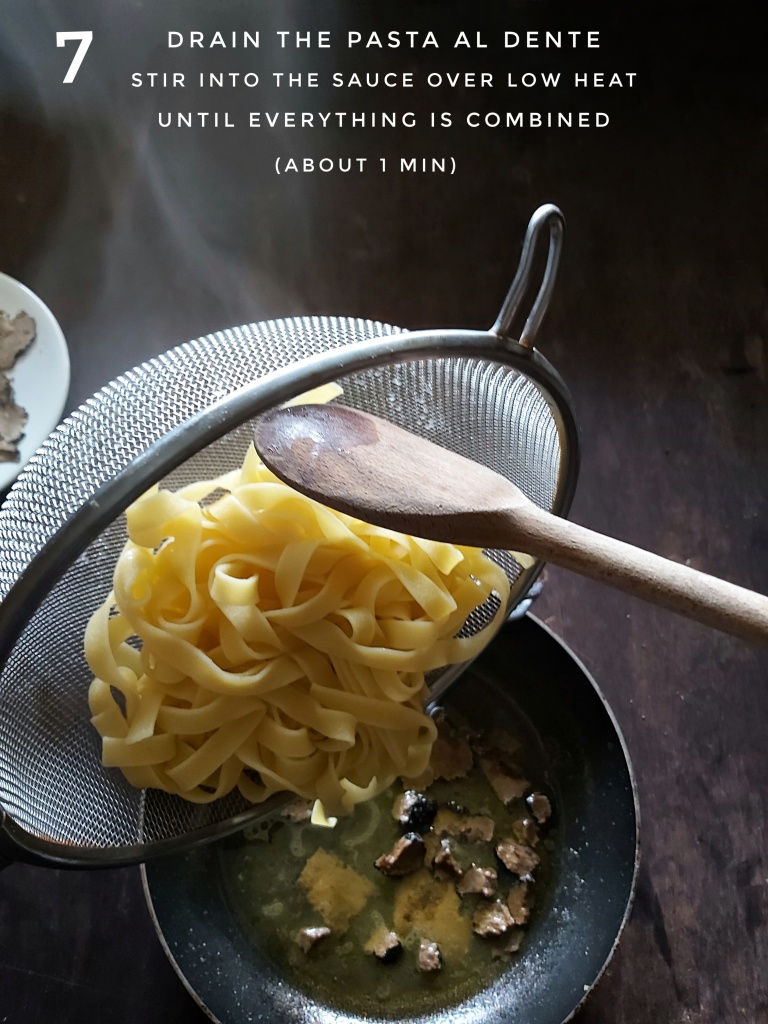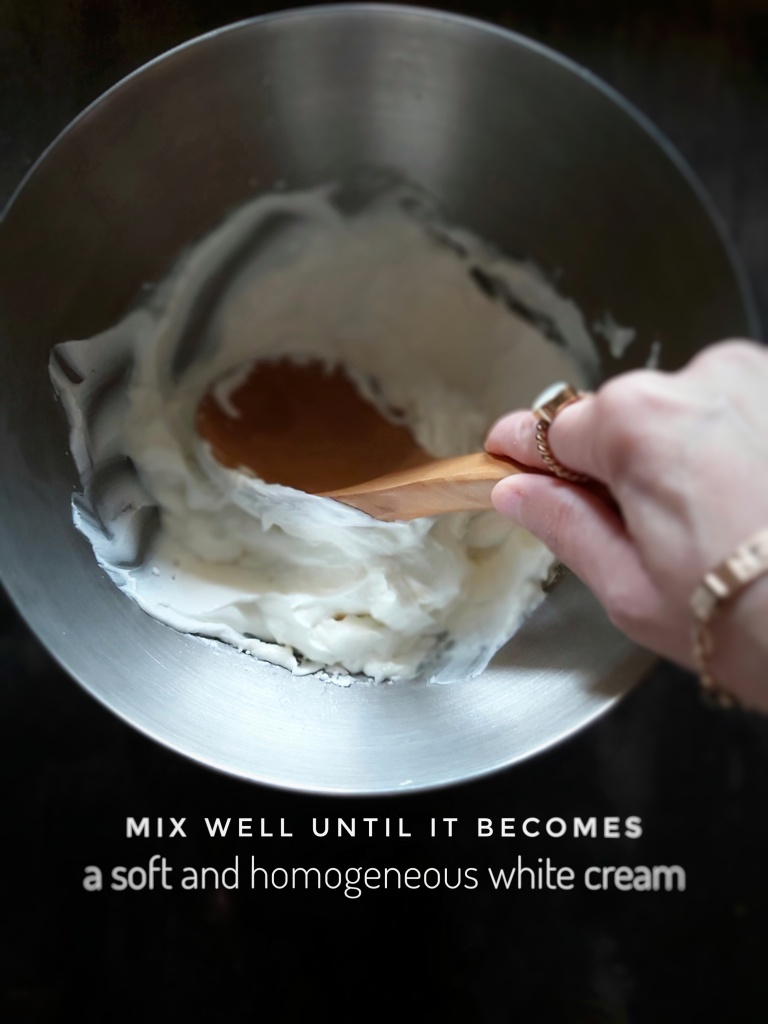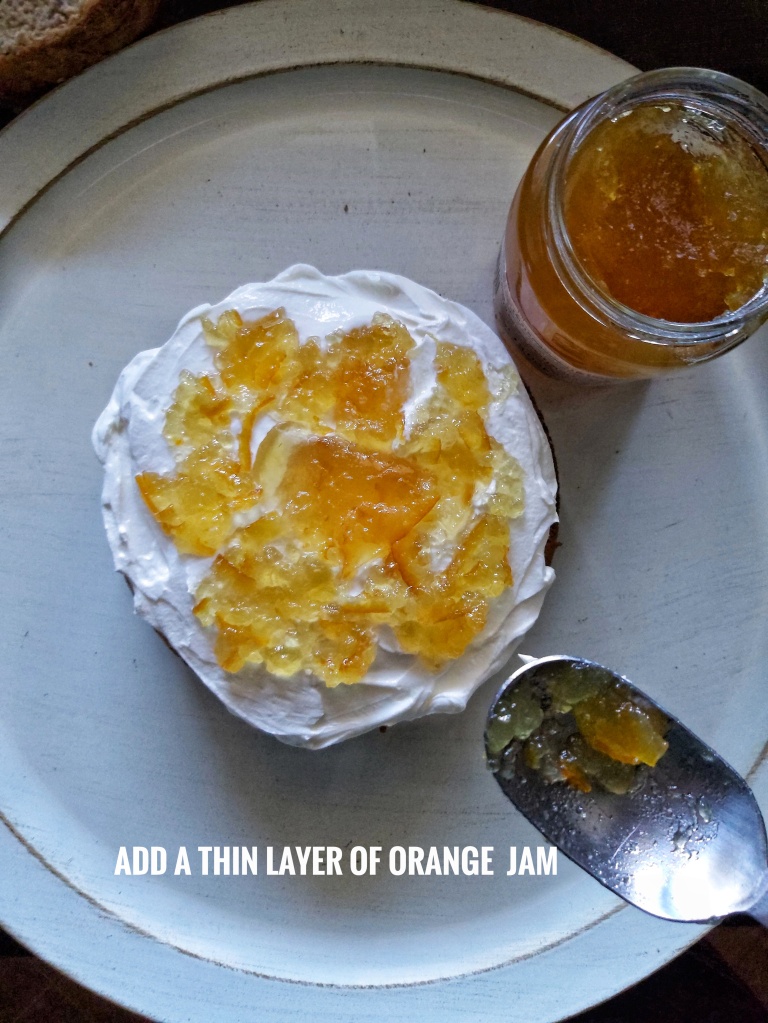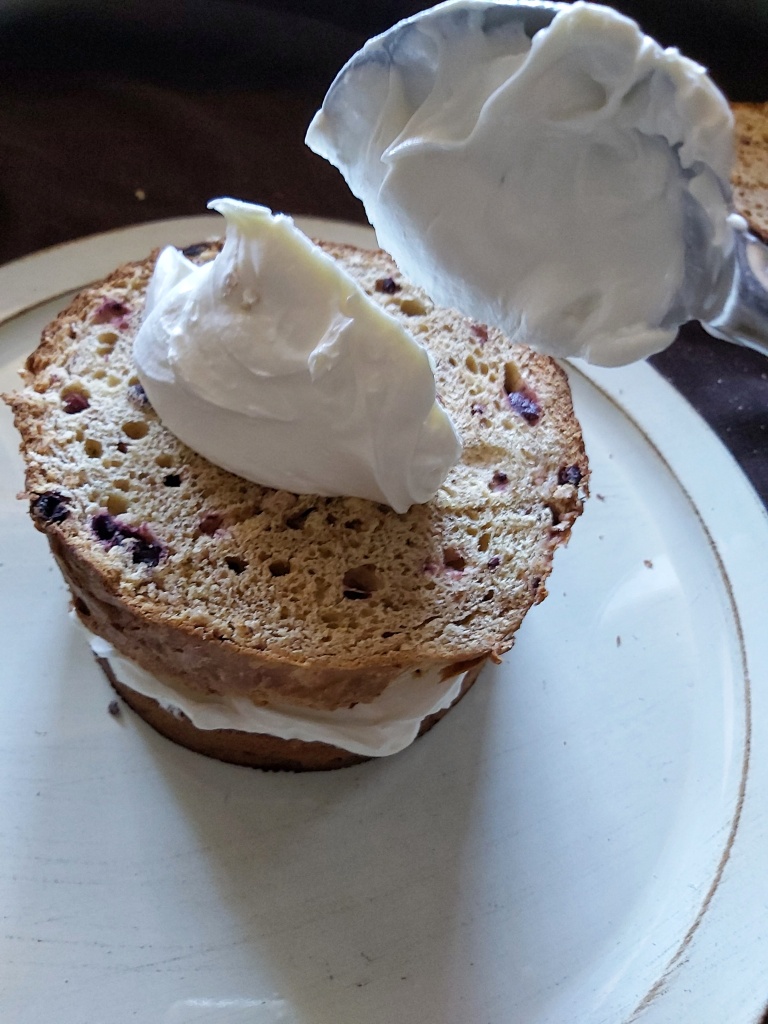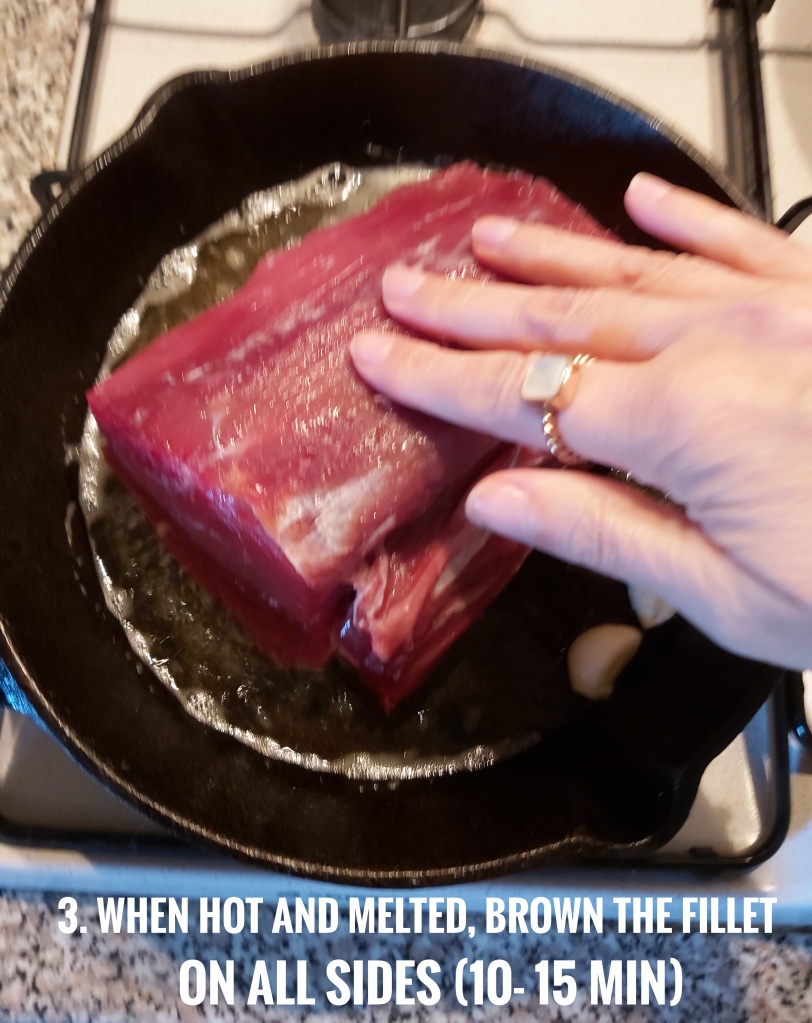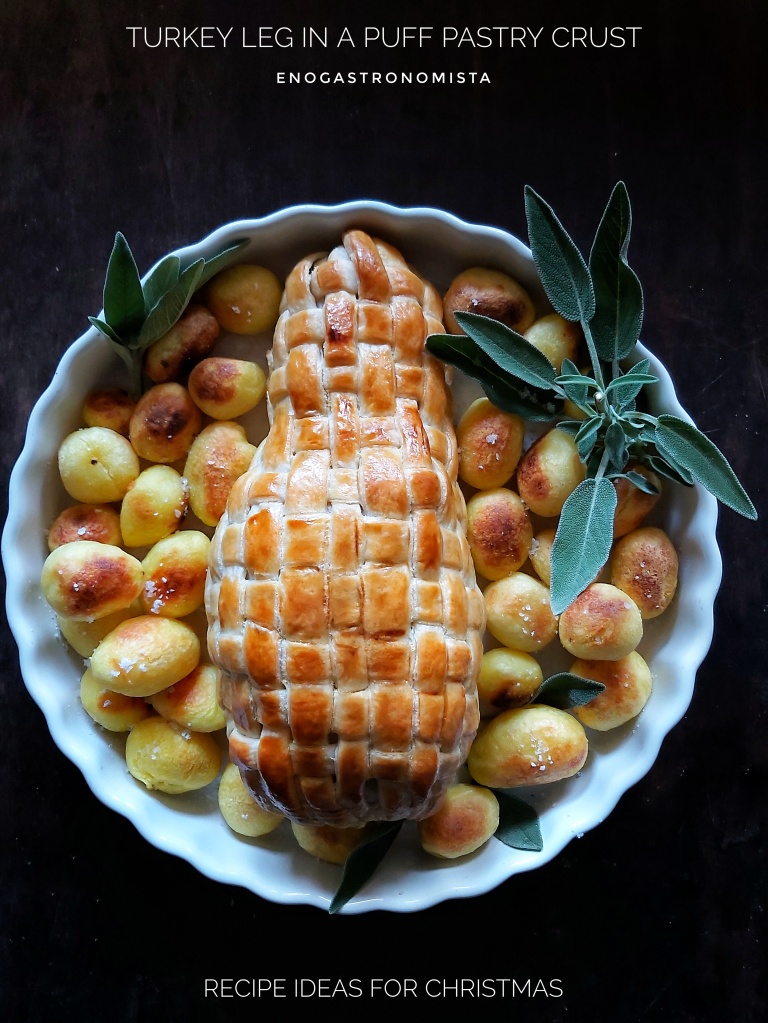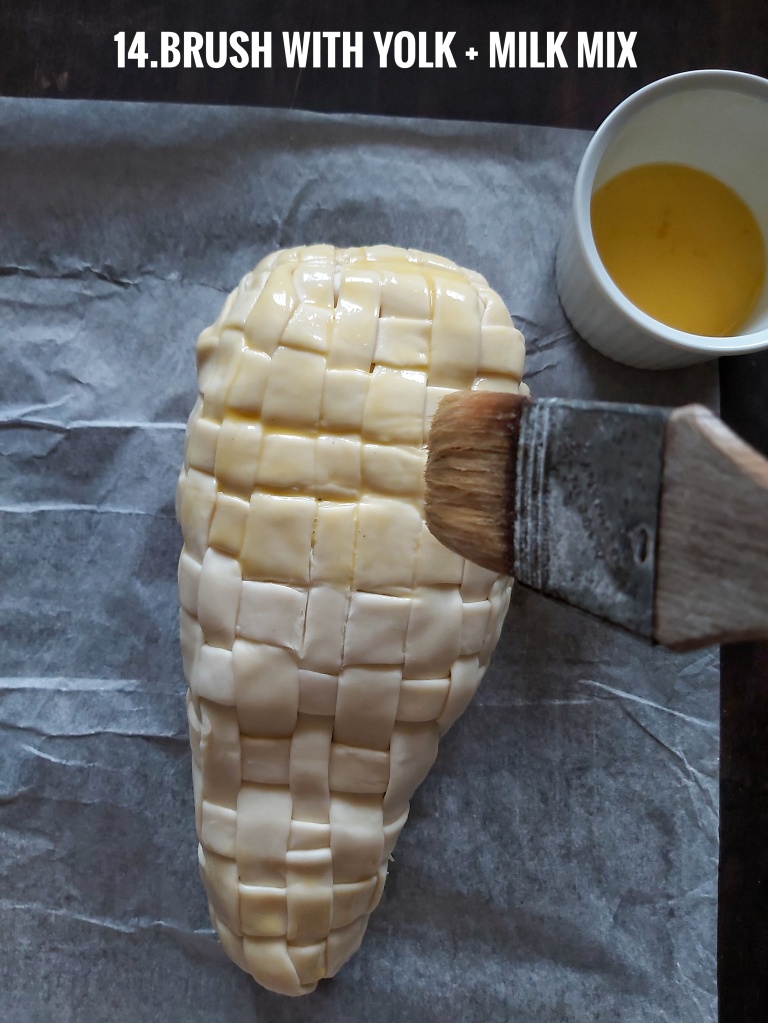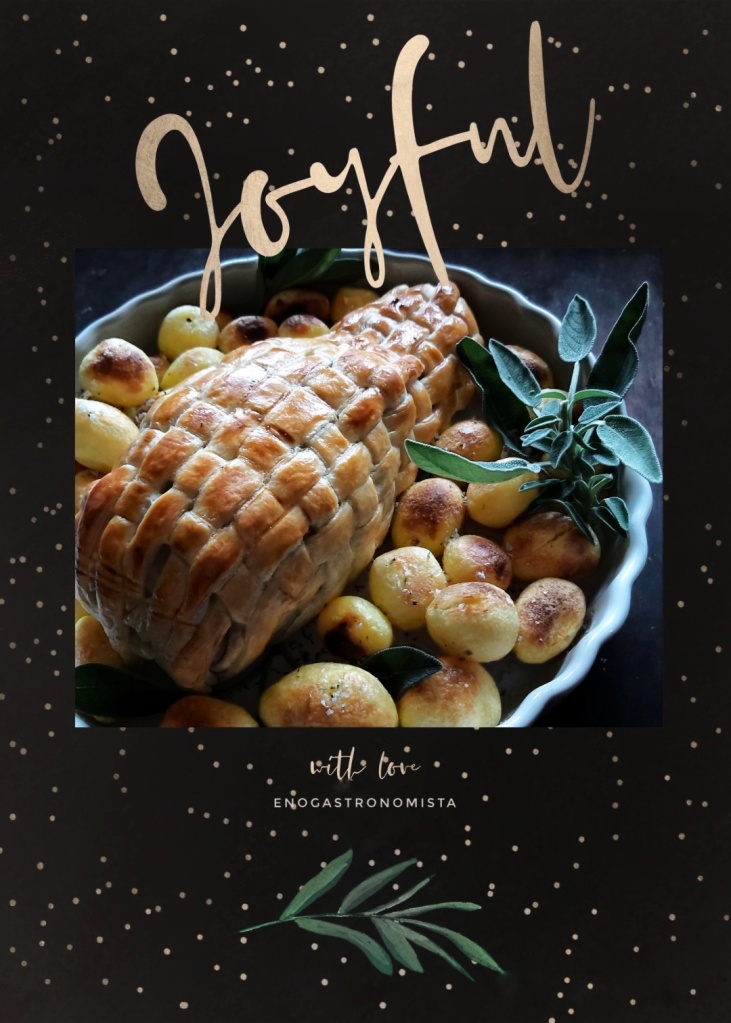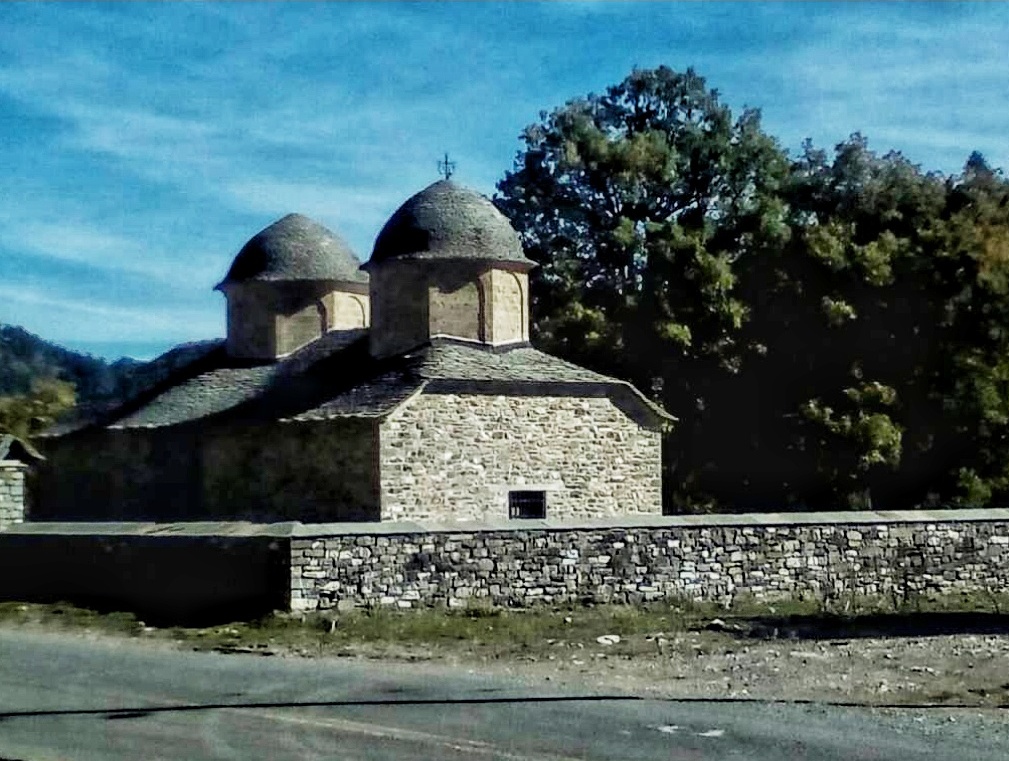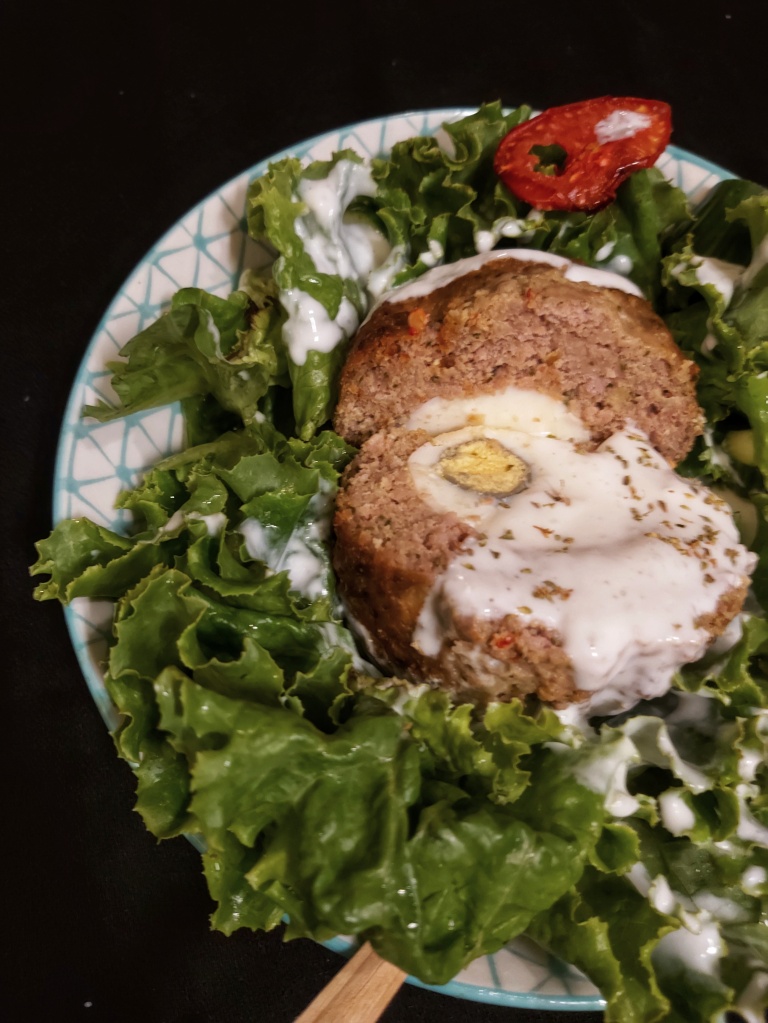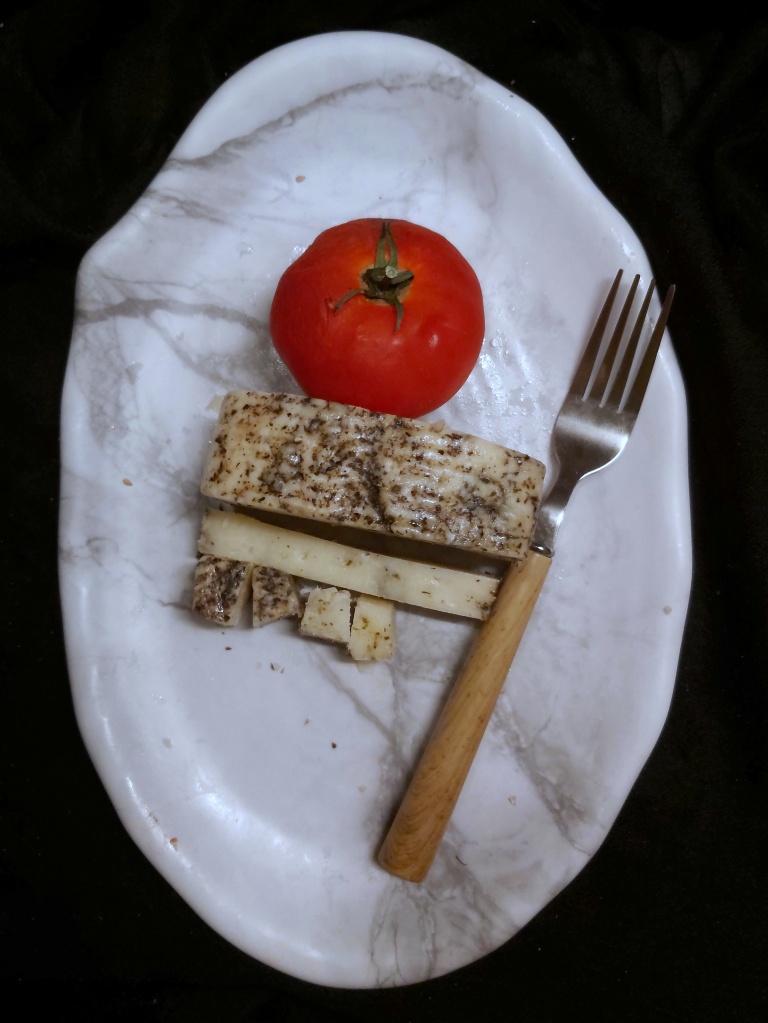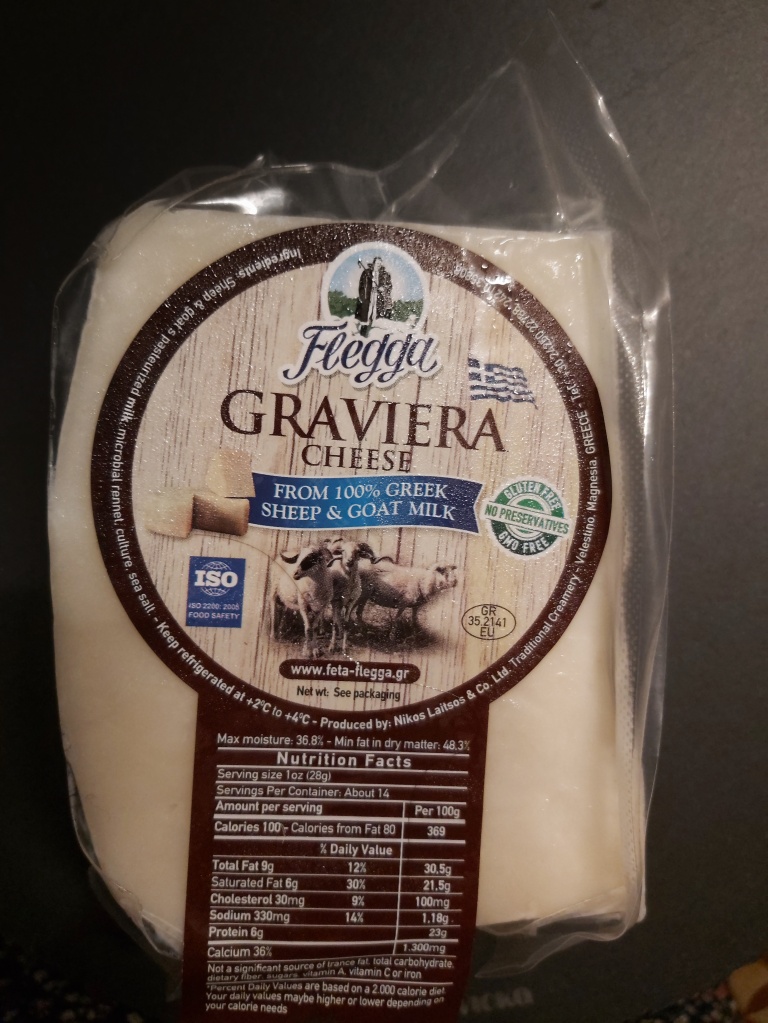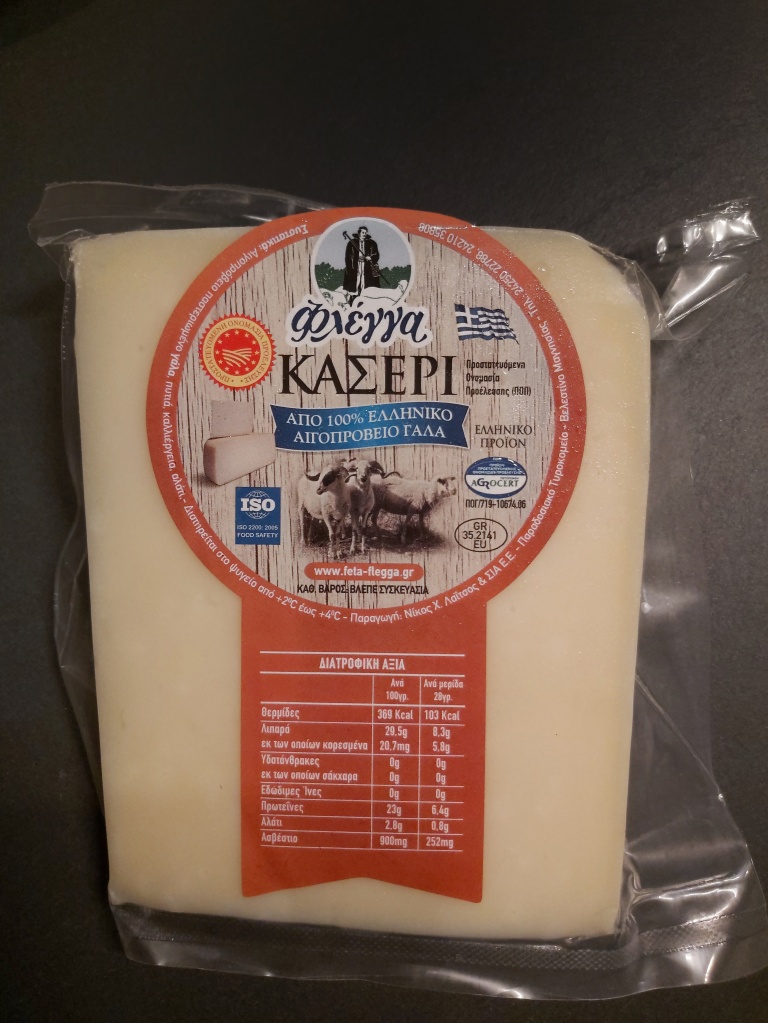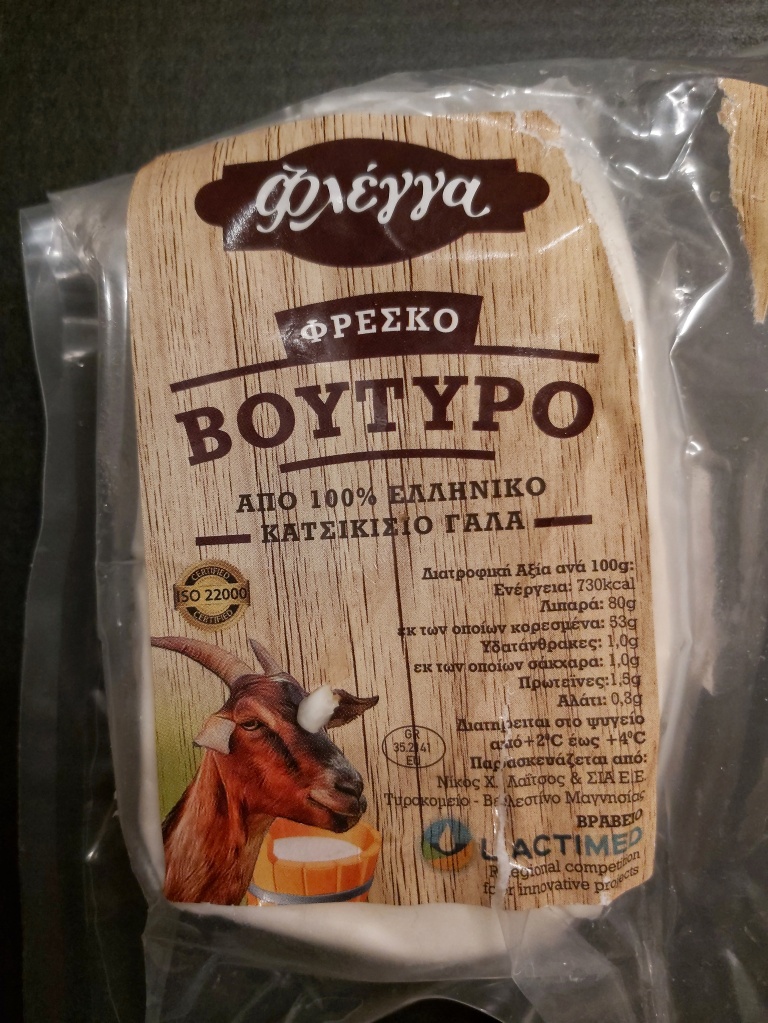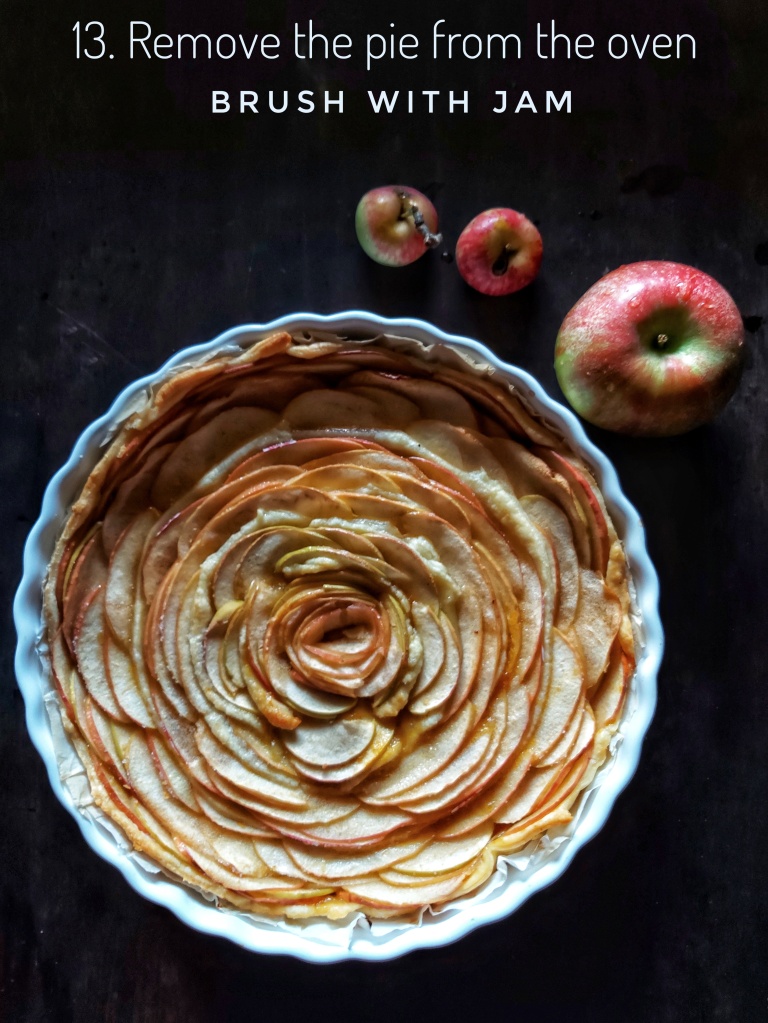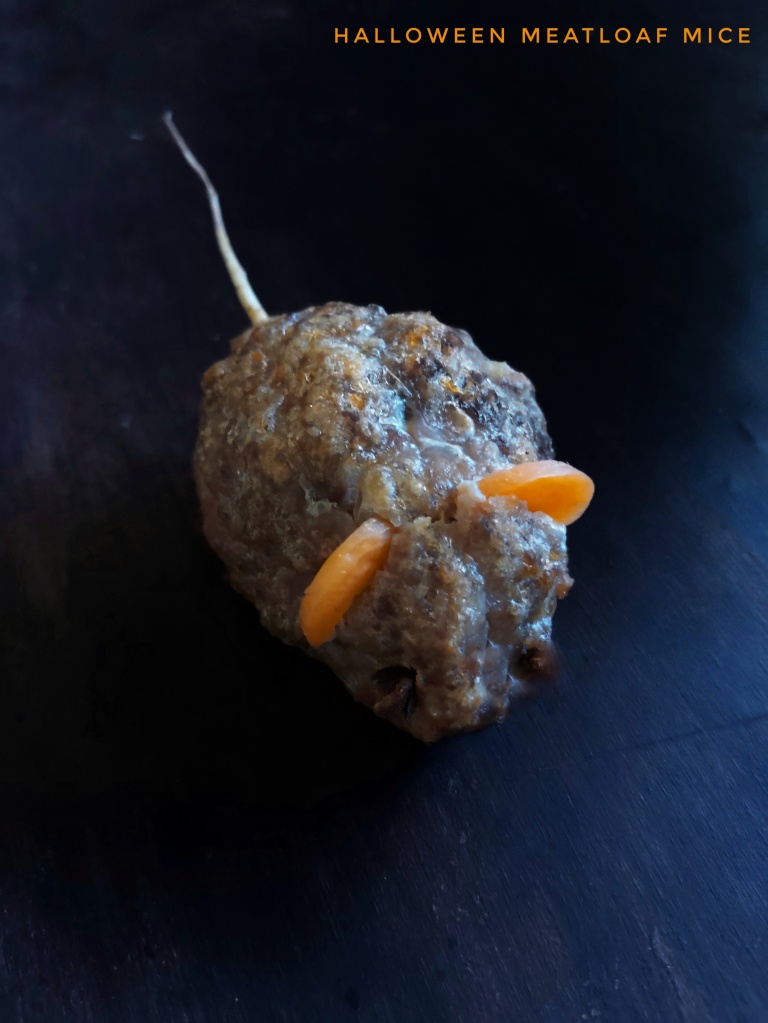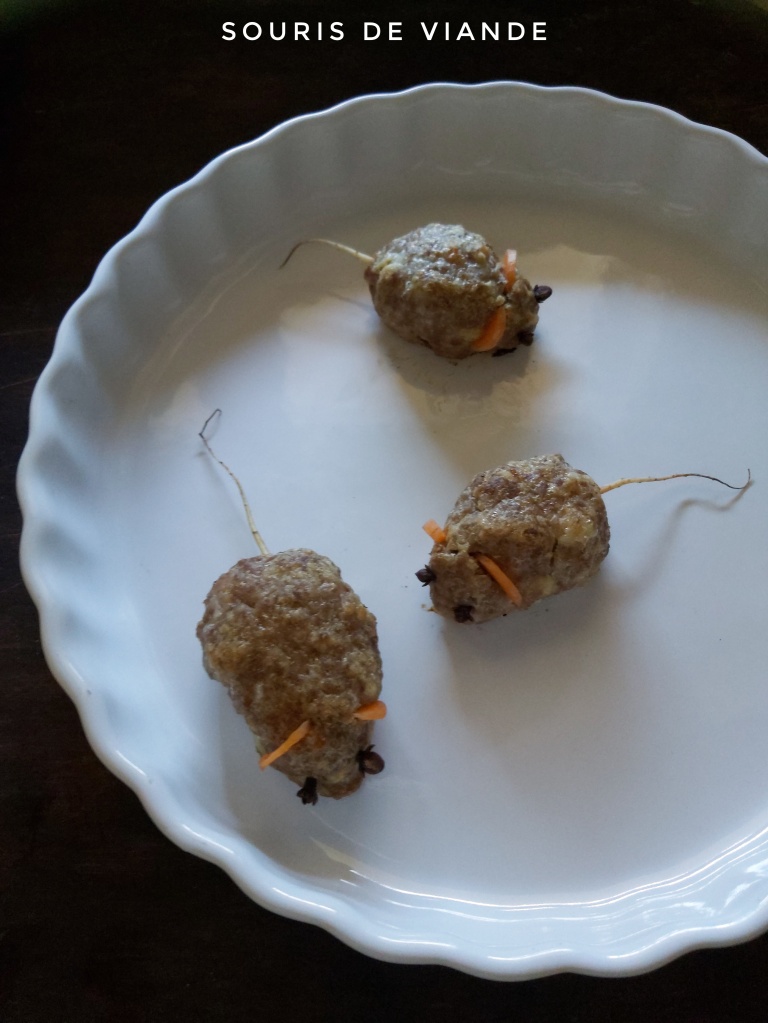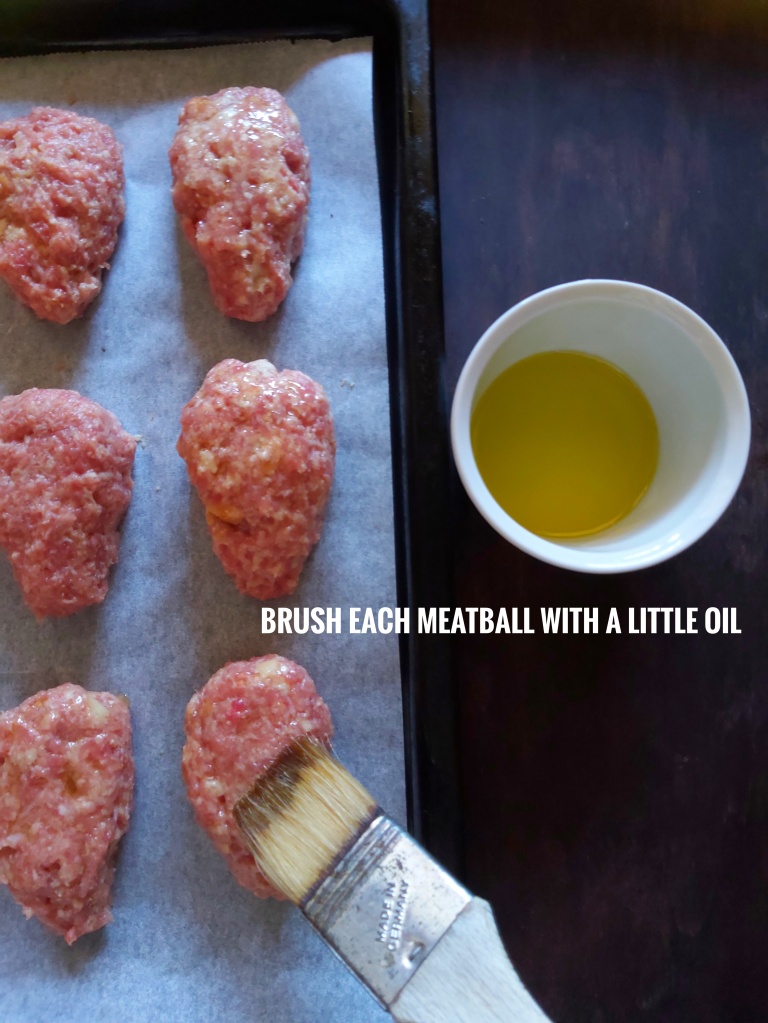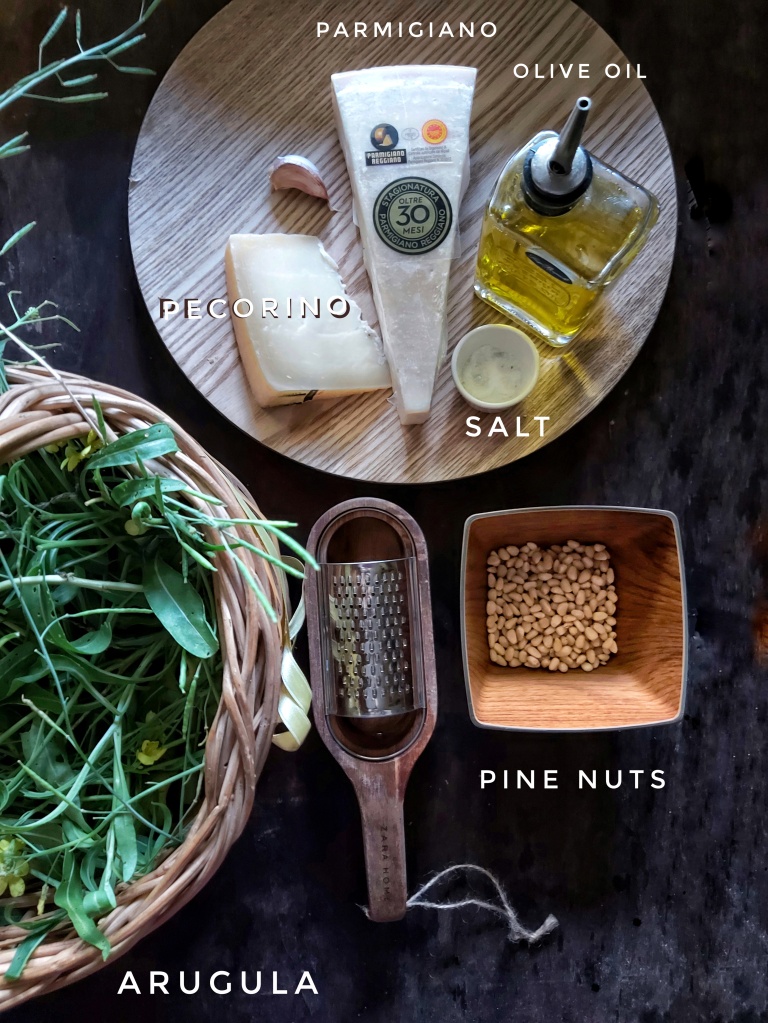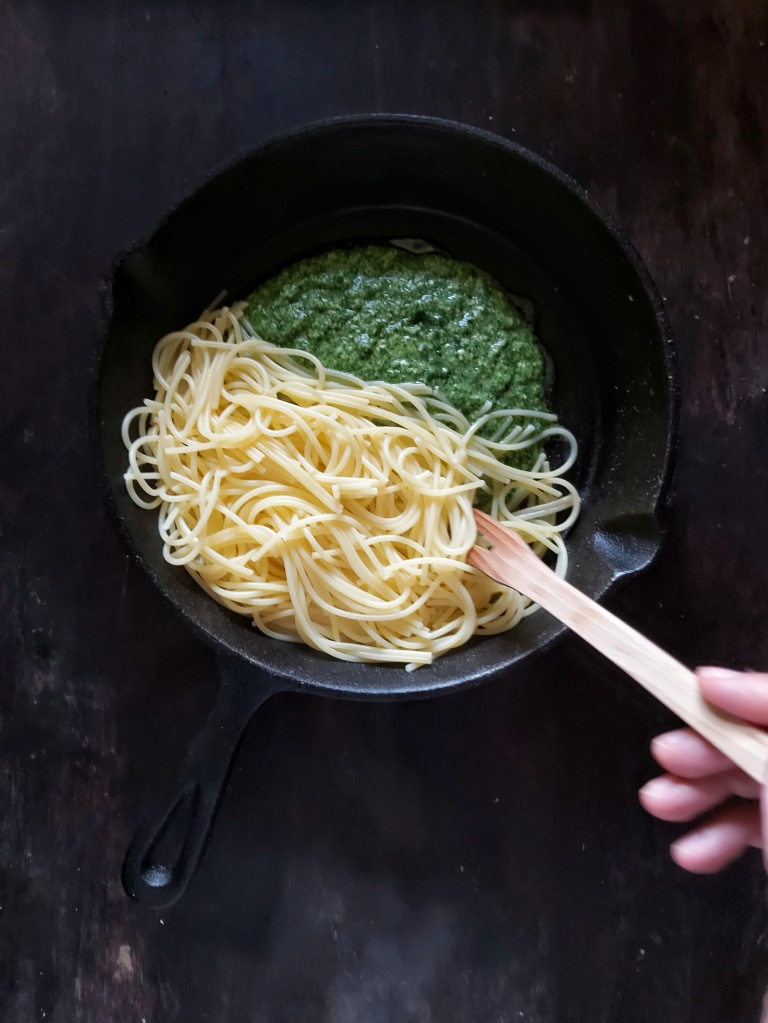
BLACK TRUFFLE FETTUCCINE
One of the simplest recipes to make but full of aroma and exceptional flavor. You just have to cook the pasta and flavor the melted butter with the truffle slices ( for few seconds) so through the butter, all the aroma will be absorbed by the pasta. Off course you can scratch the truffle raw on pasta for a more intense scent. Healthy, nutritious, quick.
Truffles are the fruiting body of an underground Ascomyta mushroom. Low in calories, low fat, low salt and have no cholesterol. They provide an enormous amount of dietary fiber, proteins, potassium, vitamin A, vit D, vit C, vit B6 , calcium, iron, magnesium.
In Latin called “terrae tuber” (excrescence of the earth) or simply tuber, it was highly appreciated by the ancient Romans who had copied the culinary use from the ancient Etruscans. Even the Greeks used truffles in their cooking, as demonstrated by the philosopher Plutarch of Chaeronea in his manuscripts ( 1 century d.C )
In Italy it is always possible to collect truffles, except during the period of the end of april. Traditionally, the harvest was done using a pig. The problem with this method is that the pig is very greedy for truffles and it must be held back to prevent it from eating the product. For these reasons, nowdays are used only duly trained dogs


Ingredients for 2 persons
1 black truffle thinly sliced
200 gr fettuccine
Butter 100 gr
Olive oil 2 tbs
1 clove garlic (optional)
Salt
1.Bring the water to a boil. Season with the salt
2.Cook the fettuccine in the boiling water until al dente.
3. In a medium-sized saucepan, heat the butter & oil until butter it has melted.
4. Add the garlic and the black truffle slides. Cook for about 30 sec.
5. Add half cup of the pasta cooking water into the pan with the butter & truffle. Let boil the sauce. Drain the pasta. Must be very al dente because cooking will continue in the sauce
6. As soon as it starts to boil, add the drained pasta into the butter sauce. Toss over medium heat to coat the pasta.
Serve if you desire with Grana Padano cheese, ground pepper and fresh grated truffle. Serve with the aromatic red Nebbiolo wine from Piemonte region or – if you prefer a rustic flavor – with Pinot Nero from Mugello (Tuscany) .
Buon appetito.
To preserve all its aroma, a truffle should not be cooked too much. Add them just before consuming the meal, at the end of the cooking. In fact, eating fresh, just-harvested truffles raw is a great way to savour the taste of them

See above step by step the procedure







